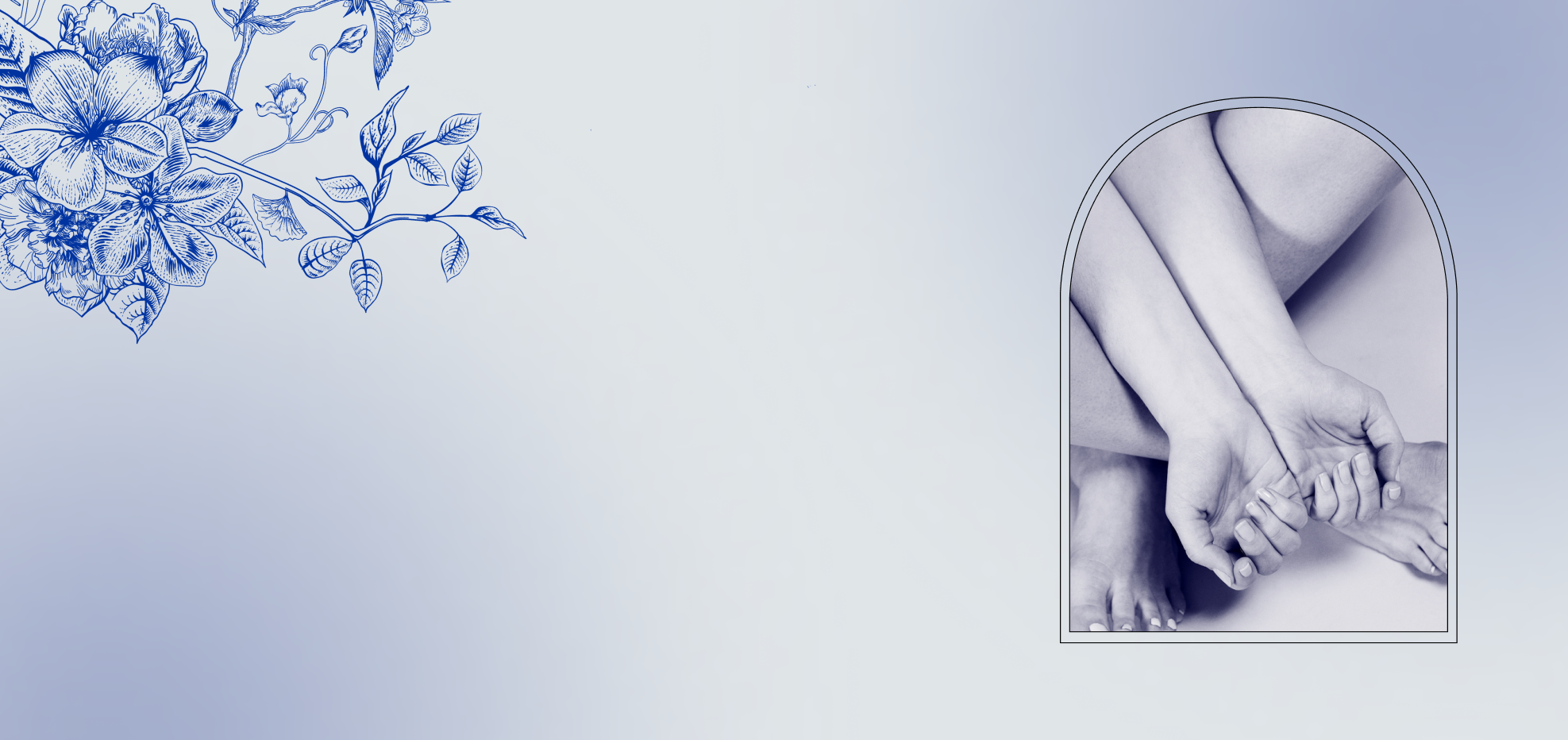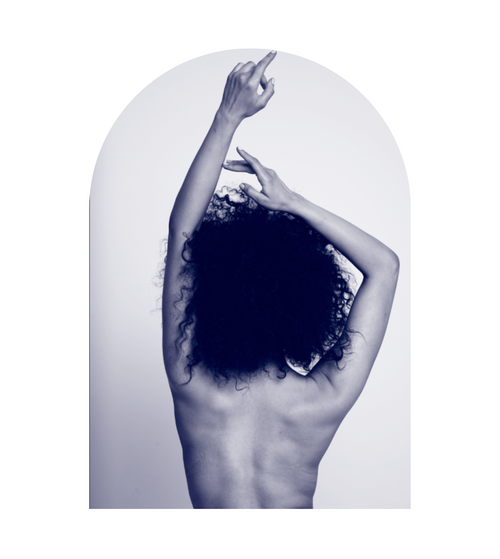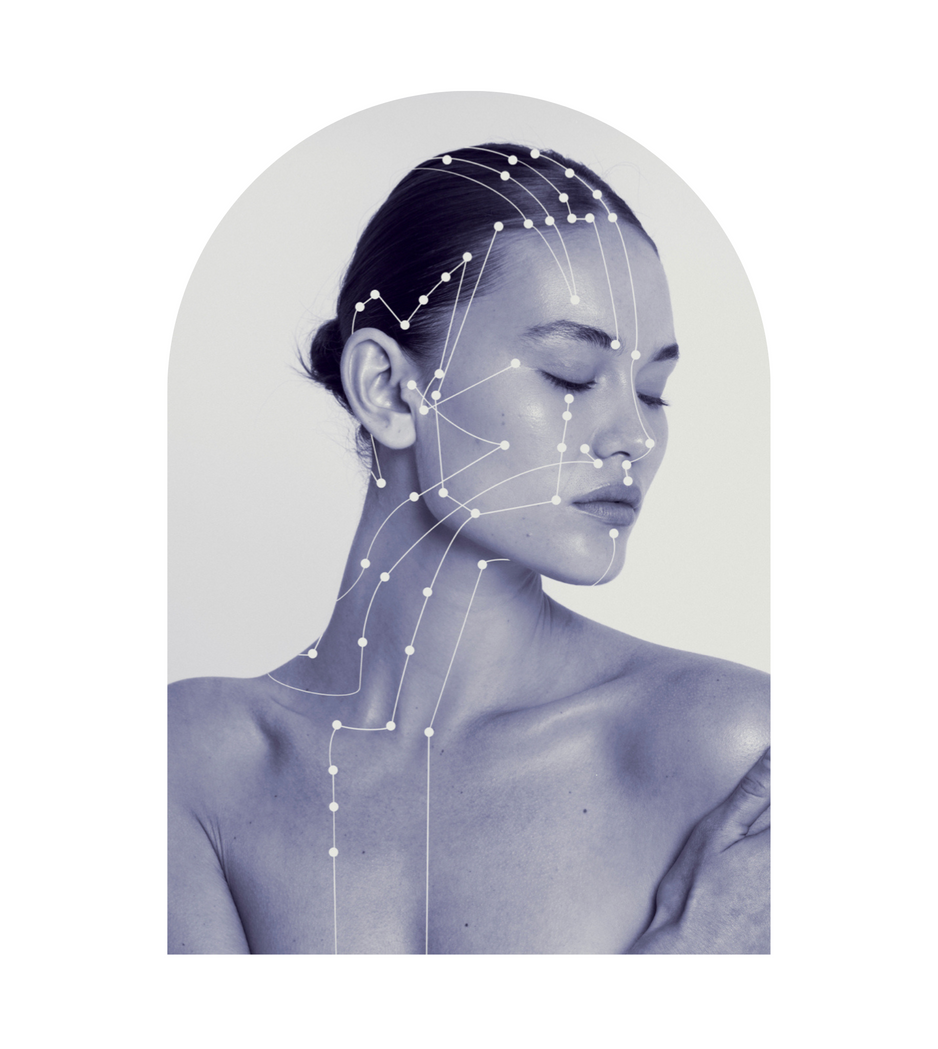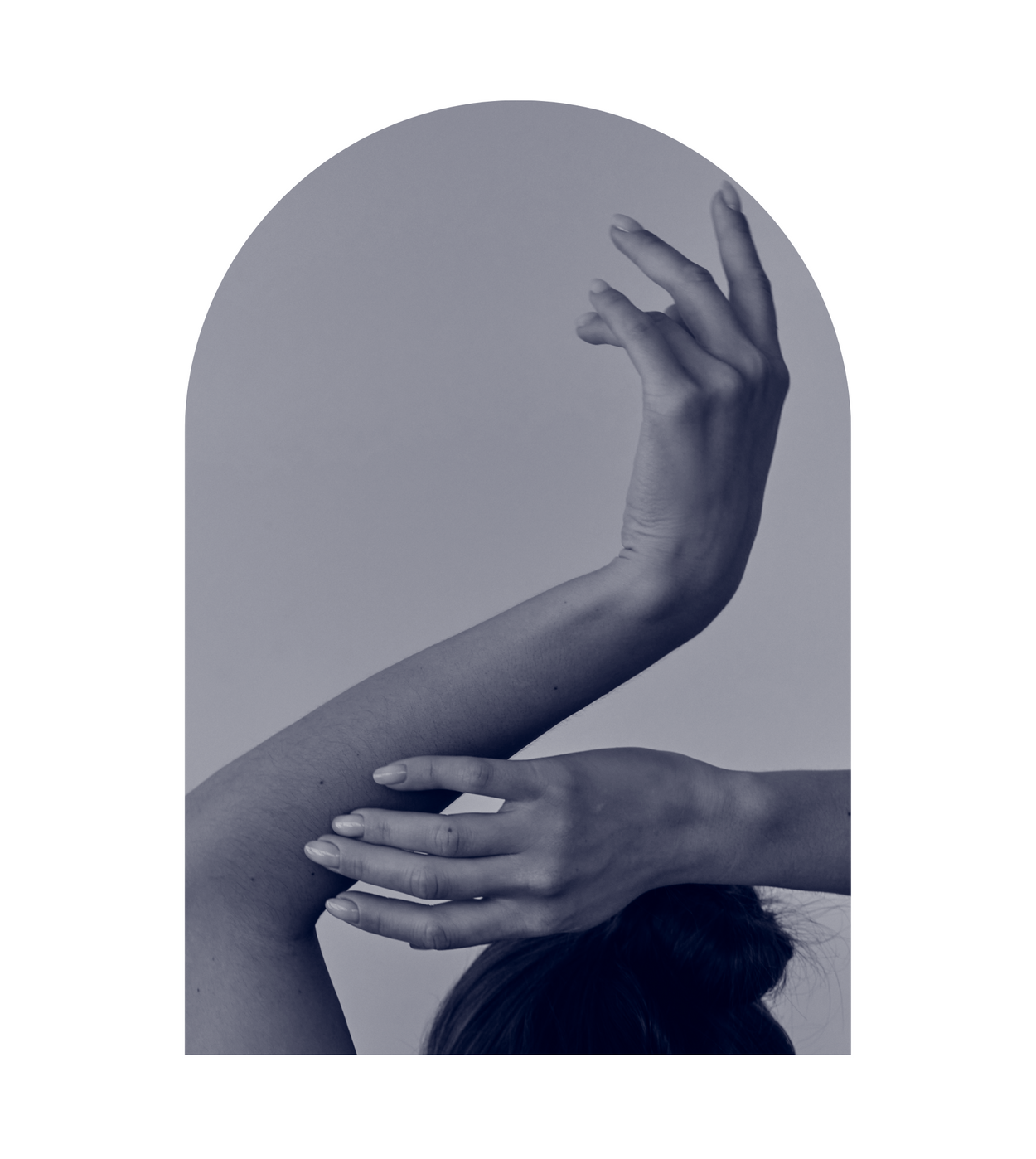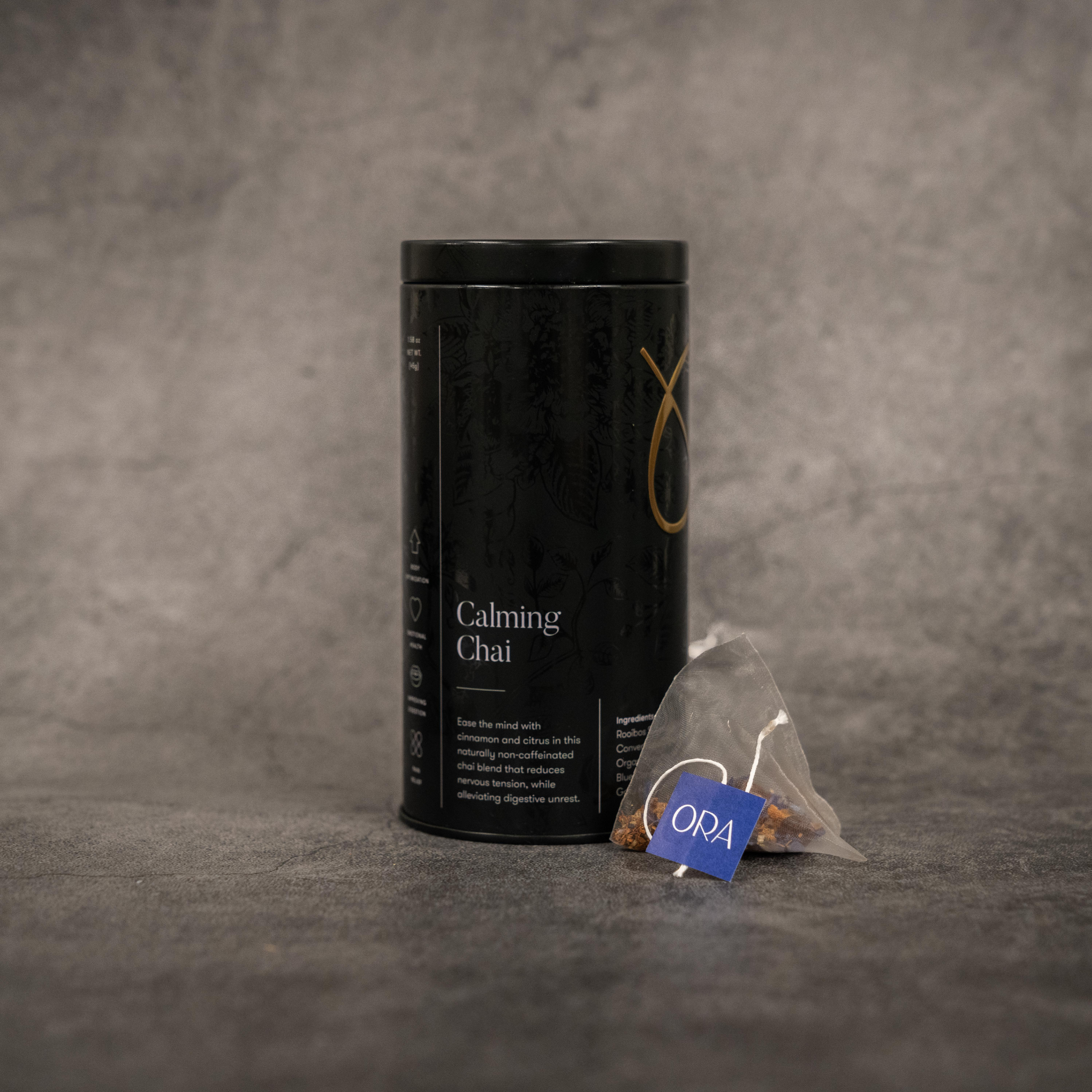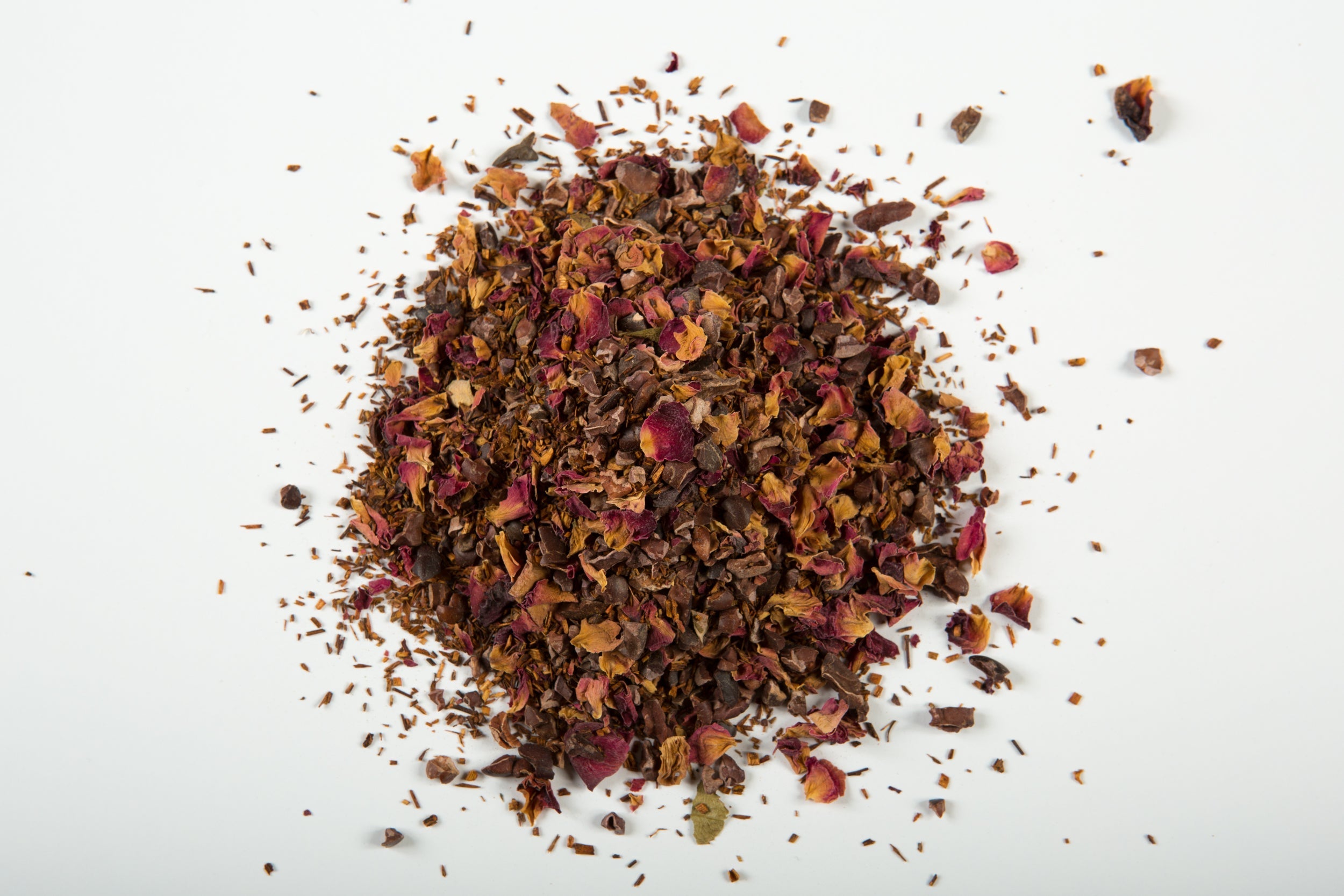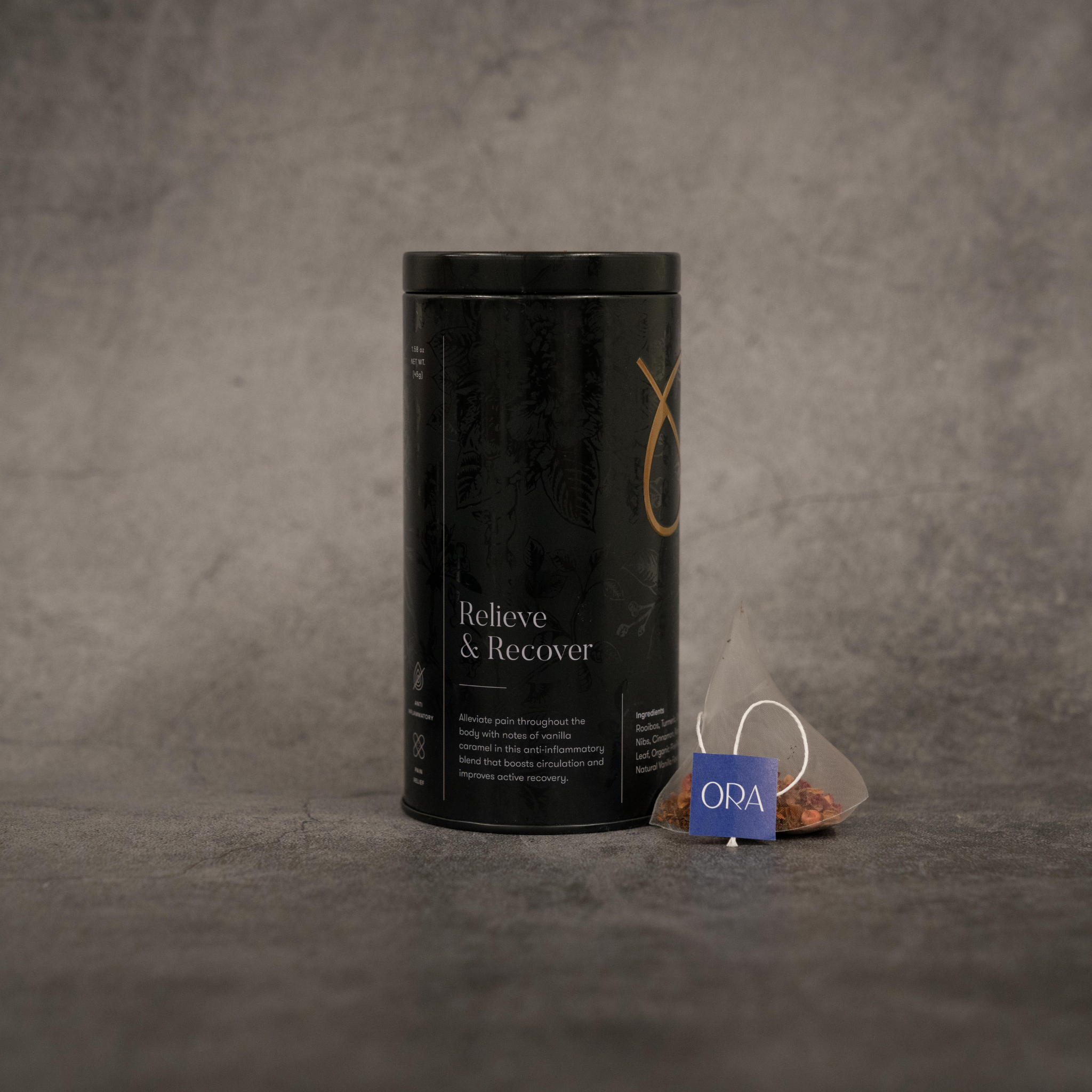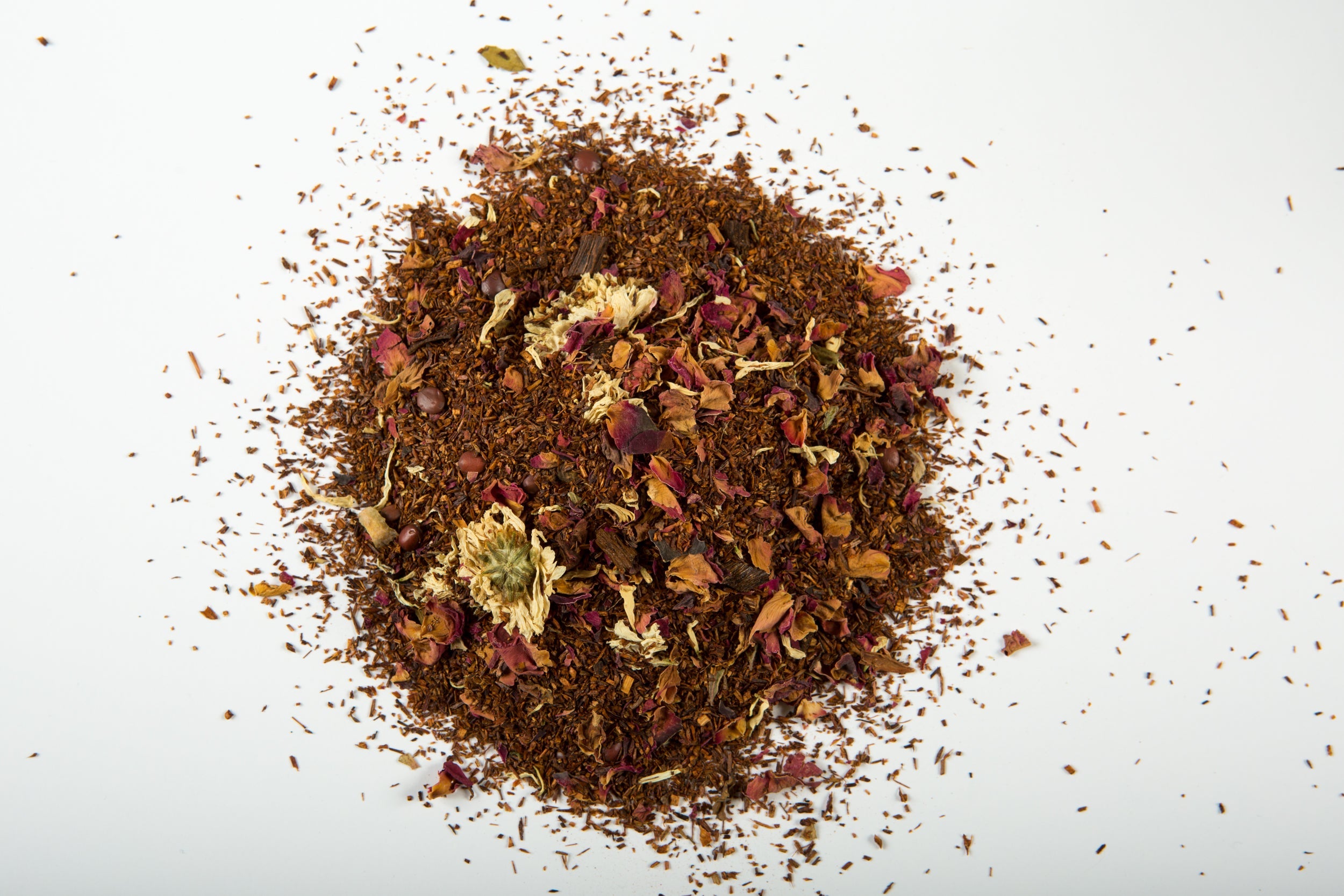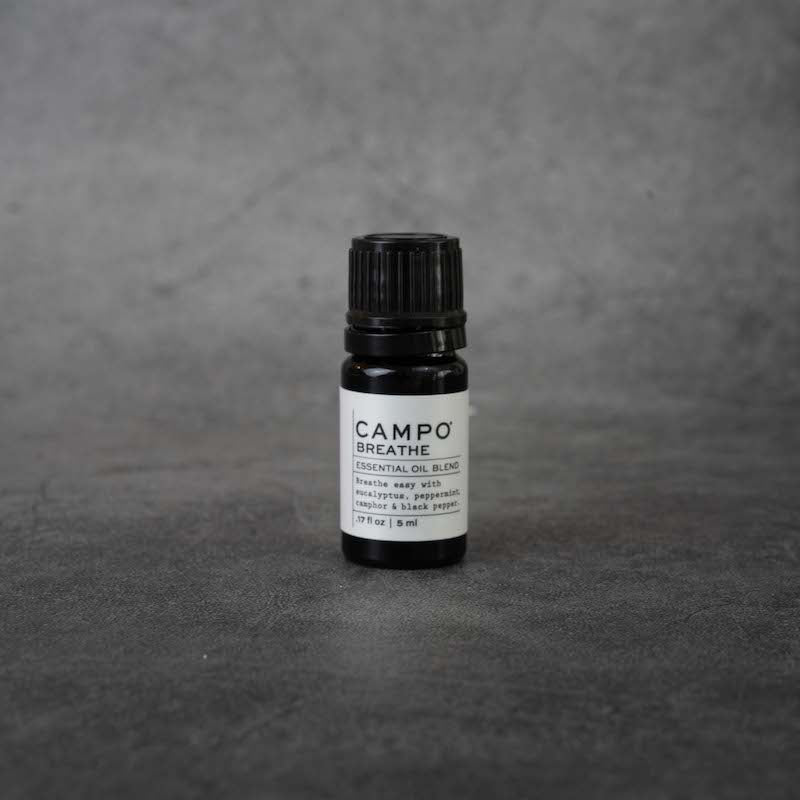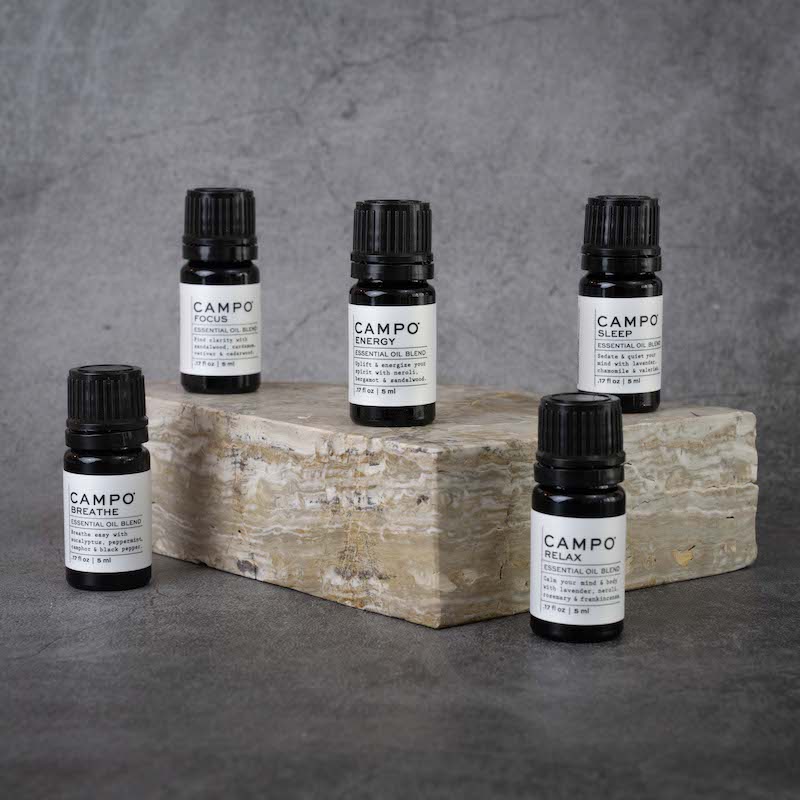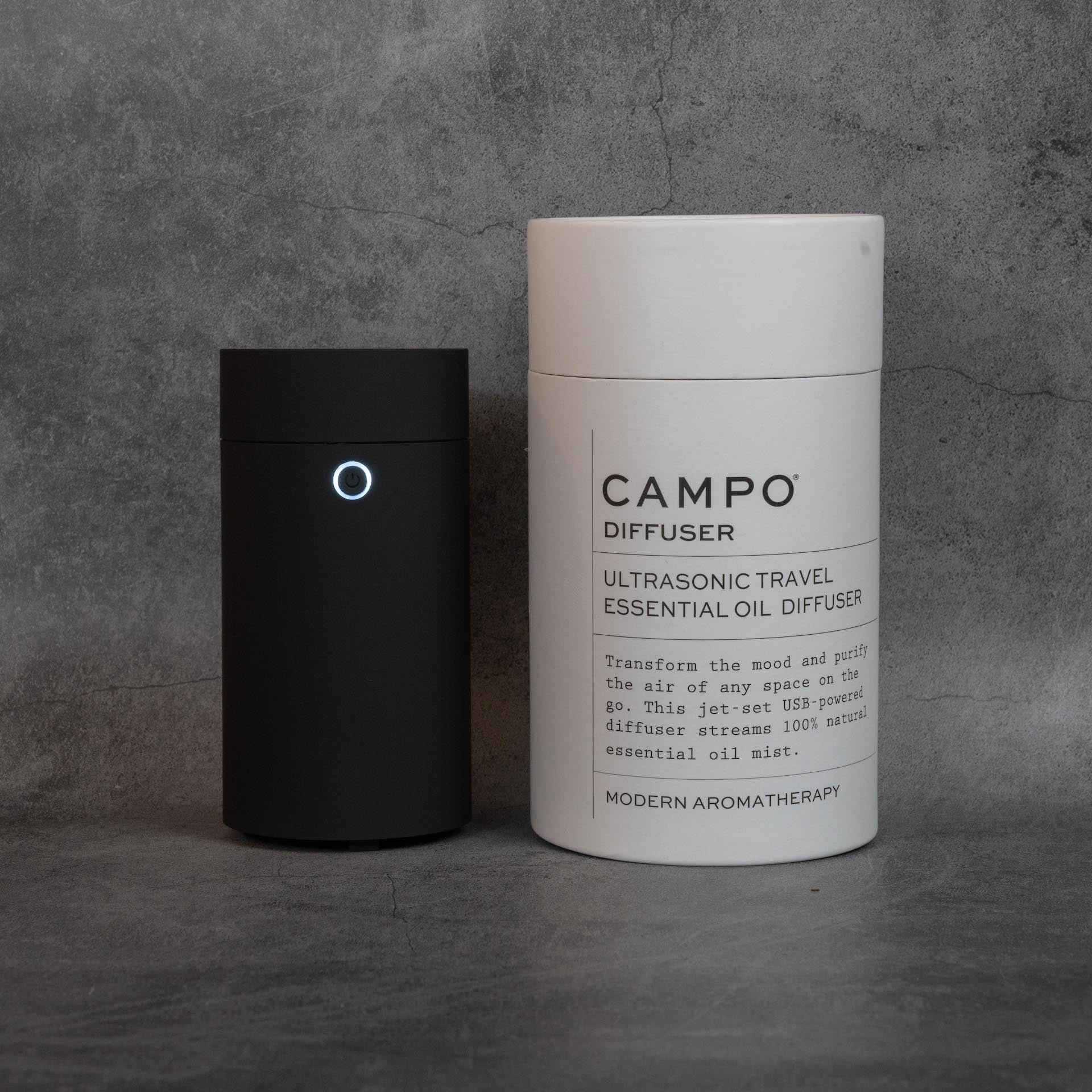You’ve definitely heard of asthma and you probably know someone with asthma; maybe it’s even you – but what is it? Asthma affects more than 300 million people globally. More than an annoyance, asthma can wreak havoc on the body’s ability to function optimally. Asthma is a condition in which the airways in the lungs narrow and swell, thereby producing excess mucus. This in turn makes breathing difficult, and can result in coughing, wheezing, and shortness of breath. Other symptoms can include chest tightness or pain, exhale wheezing – particularly common in children – trouble sleeping, and wheezing attacks that are worsened by cold or flu viruses.
Those who are prone to asthma attacks have immune systems that overreact to protect the lungs from threatening pathogens, thereby causing the attacks. Additionally, allergies can be triggered by airborne substances, such as pollen, mold spores, or pet dander, or by workplace irritants such as dust, gasses, and chemical fumes. Exercise-induced asthma can also occur when the air is cold and dry. But despite the prevalence, it is possible to do something to lessen the symptoms of asthma and to address its root causes.
From a traditional Chinese medicine perspective, there are several diagnostic patterns that are related to asthma. These include kidney qi deficiency, liver fire, liver qi stagnation, liver yin deficiency, lung dampness, phlegm cold, phlegm heat, wind heat, wind cold invasion, or spleen qi deficiency – or any combination of the above.
By addressing the appropriate TCM diagnostic pattern, TCM can be used to alleviate symptoms when they occur and prevent them from occurring at all. Both acupuncture and herbs are used to strengthen the lungs and decrease inflammation. Used in tandem, acupuncture and herbs can be successful treatment options in addressing long-term asthma conditions by decreasing symptoms and controlling one’s overall lung health. For treating asthma attacks, acupuncture may include using points on the front of the body, such as those on the Lung (LU7,5,2,1), Stomach (ST13,14,15,16), Kidney (K27,26,25,24,23) and Ren channels (Ren21,20,19,18,17). Acupuncture on points on the arms and legs (PC6, ST40) clear phlegm and drains fluid (SP9), and it is also helpful to use acupuncture points along with cupping along the meridian pathway of the urinary bladder and on the upper back. By choosing the correct points and herbs, our acupuncturists can discern the root cause and prevent future attacks.
While using TCM, you can certainly continue any western medical treatments, including inhalers and long-term medications. Acupuncture can certainly be used without concern; while herbals are generally safe as well, it’s always best to confer with your primary care physician to ensure that there are no potential interactions or when you make any changes to your treatment protocol. In addition, we recommend staying healthy with a good diet and exercise, and avoiding any possible triggers such as smoking and dust.
We are often told to “take a deep breath.” Many of us take that activity for granted. Asthma can interfere with breathing, causing a litany of side-effects that can take a deep toll on the body. Though with a combination of acupuncture, herbs, and western medicine, you can address both the symptoms of asthma and its causes - and breathe a little easier.

